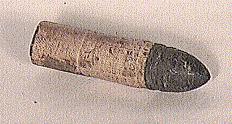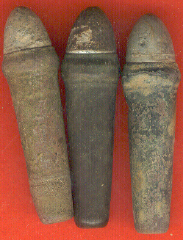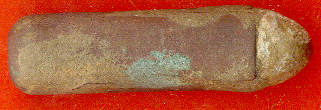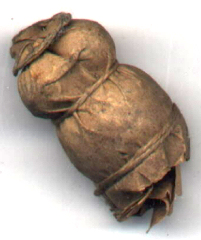Civil War Smith Cavalry Carbine.






Caliber: 50 Smith, combustible cartridge, fired by a caplock
System of operation: Single Shot
Length overall: 39.5 inches
Barrel length: 21.6 inches
Feed device: Single Shot
Sight:Front: Blade
Sight:Rear: Block and single Leaf sight
Weight: 7.50 lb
The original Smith Carbine was patented by Gilbert Smith of Buttermilk Falls, New York on June 23, 1857, and successfully completed the Military Trials of the late 1850's...
Significant quantities were ordered by the Union military authorities, who after all had to supply both Armies for most of the Civil War...
More than 30,000 were produced by the Massachusetts Arms Co. and American Machine Works of Chicopee Falls, Massachusetts...






Caliber: 50 Smith, combustible cartridge, fired by a caplock
System of operation: Single Shot
Length overall: 39.5 inches
Barrel length: 21.6 inches
Feed device: Single Shot
Sight:Front: Blade
Sight:Rear: Block and single Leaf sight
Weight: 7.50 lb
The original Smith Carbine was patented by Gilbert Smith of Buttermilk Falls, New York on June 23, 1857, and successfully completed the Military Trials of the late 1850's...
Significant quantities were ordered by the Union military authorities, who after all had to supply both Armies for most of the Civil War...
More than 30,000 were produced by the Massachusetts Arms Co. and American Machine Works of Chicopee Falls, Massachusetts...











